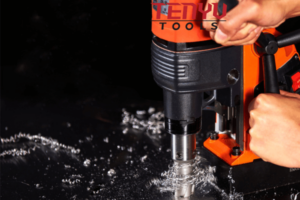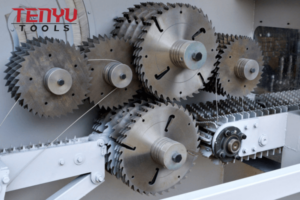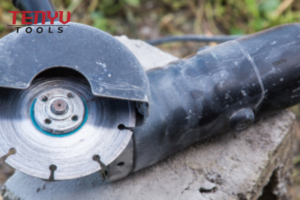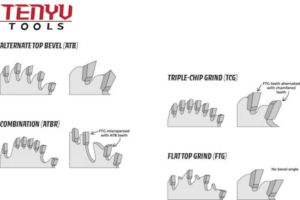Why is My Circular Saw Burning the Wood?
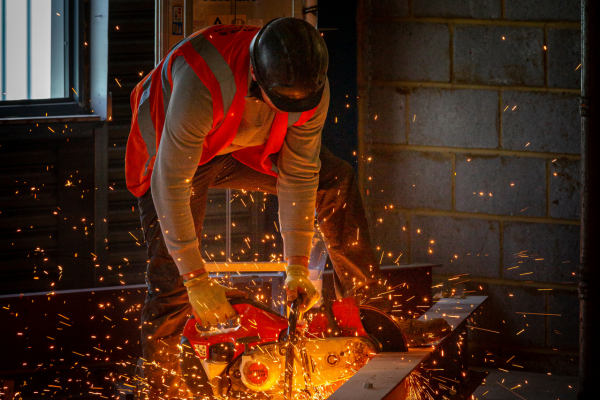
When using a circular saw, seeing smoke or smelling something burning can be alarming. If you’ve ever encountered a situation where your circular saw is burning the wood, you’re not alone. But what causes this issue, and how can you avoid it? Let’s dive into it.
The burning is often caused by friction, incorrect blade choice, or improper cutting techniques. Identifying the source of the problem can help you save your materials and your tools.
If you’re looking to improve your cuts, choosing the right saw blade and using proper techniques can make a huge difference. Keep reading to learn more about preventing this issue.
How Many Teeth Should a Circular Saw Plywood Blade Have?
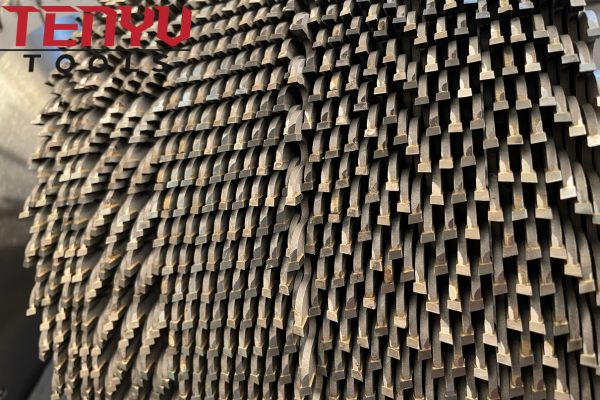
When it comes to cutting plywood, one of the first things you need to consider is the number of teeth on the blade.
The ideal circular saw plywood blade typically has 40 to 80 teeth. A higher number of teeth gives you a smoother cut, while fewer teeth may increase the speed of the cut, but at the expense of roughness.
Choosing the Right Blade for Plywood
When cutting plywood1, using a blade with too few teeth can lead to rough edges and excessive heat. This can also contribute to the burning smell and smoke. A blade with 40 to 80 teeth helps ensure that the saw cuts smoothly without generating too much heat or causing splintering.
Plywood is made of layers, and a blade with a higher tooth count reduces the likelihood of damaging these layers. It’s especially important to use the correct blade for the type of cut you’re performing—whether it’s a crosscut or a rip cut. A crosscut blade, for example, is designed to reduce tearing and provide clean edges.
The type of material also matters. Thinner plywood or laminate materials need finer-toothed blades, while thicker plywood can handle a coarser blade. Be sure to always check the manufacturer’s recommendations for the best blade for your specific project.
What is the Best Way to Cut Aluminum with an Electric Saw?
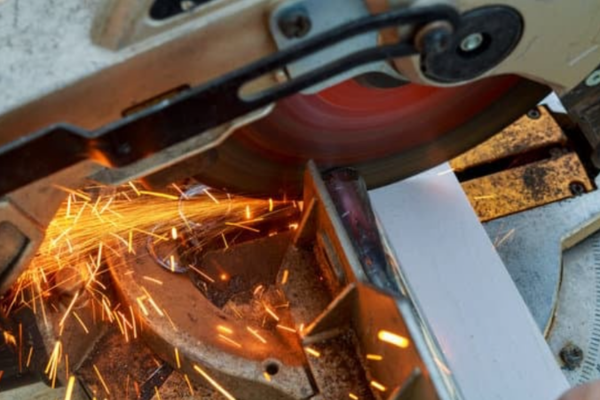
Cutting aluminum with an electric saw requires a few different considerations compared to other materials like wood.
For aluminum, use a circular saw with a carbide-tipped blade designed for non-ferrous metals. This combination will reduce the chances of damaging both the material and your tool.
Tips for Cutting Aluminum
First, ensure the saw blade is designed for cutting metal. A regular wood-cutting blade can cause the aluminum to bind or overheat, leading to burn marks or dangerous situations.
When cutting aluminum2, use the right speed. Cutting too fast may cause overheating, while cutting too slow can cause excessive friction. Additionally, lubrication is key. Apply cutting oil to the blade to reduce friction and prevent heat buildup.
Keep the saw at a steady pace and make sure it’s firmly guided throughout the cut. Always wear proper safety gear, such as goggles and gloves, since metal filings can be sharp and dangerous.
What are Your Tips for Cutting Aluminum?
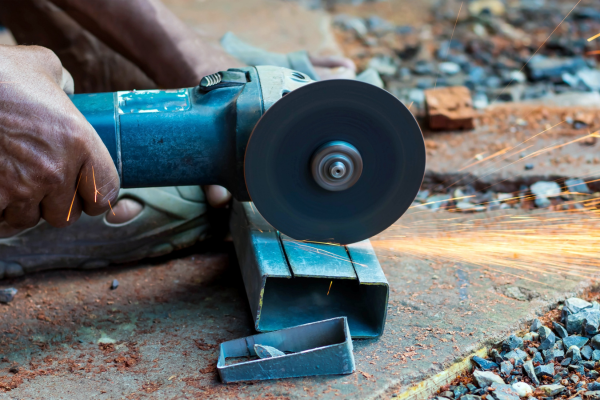
Cutting aluminum can be tricky, especially if you don’t have the right tools. Here are some key tips for success.
When cutting aluminum, always make sure to use a carbide-tipped blade designed specifically for cutting metal. This will ensure you achieve a cleaner cut without damaging the material.
Preparing for Aluminum Cuts
Before you start cutting, make sure your aluminum sheet or piece is securely clamped down. This prevents the material from shifting, which can lead to inaccurate cuts or even accidents. You can use C-clamps3 or any other heavy-duty clamps to hold the material firmly in place.
Another important tip is to reduce the cutting speed if you’re using a handheld saw. If you’re using a table saw, set the speed according to the manufacturer’s guidelines. High speeds may cause the blade to overheat, leading to burn marks or melting of the aluminum.
Cutting aluminum can produce a lot of metal shavings. Keep your workspace clean and wear protective gear to prevent injury from sharp metal edges.
When to Replace Circular Saw Blade?
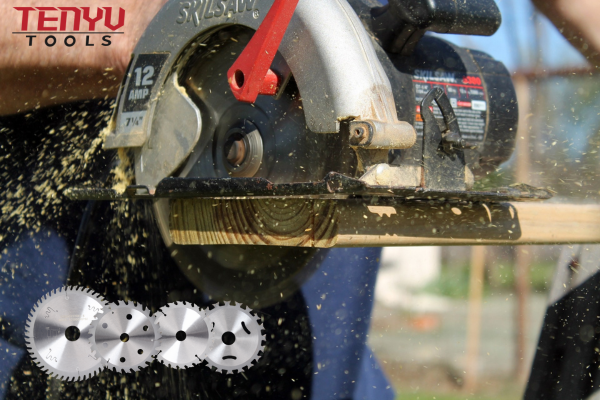
Knowing when to replace your circular saw blade can save you both time and effort. It’s essential to monitor the condition of your blade regularly to avoid issues like burning wood or inefficient cuts.
Replace your circular saw blade when it shows signs of wear, such as missing teeth, dull edges, or excessive rust. A damaged blade can not only affect the quality of your cuts but can also damage your tool and pose a safety hazard.
Signs It’s Time for a New Blade
One of the easiest ways to tell if your blade needs replacing is by the quality of your cuts. If you notice rough edges, burning, or difficulty cutting through material, it might be time to invest in a new blade. Another sign is if the saw starts making unusual noises while cutting—this could indicate a bent or cracked blade.
Blades also get dull with time, especially if you’re cutting tough materials4. Regularly inspect your blade for nicks, cracks, or any obvious damage. If the blade starts to feel uneven or shakes during use, it could be time to replace it to avoid potential damage to the material or the saw.
Don’t forget that different materials require different types of blades. Ensure you’re using the right type of blade for each project to maximize blade life and performance.
Conclusion
To prevent your circular saw from burning the wood, always use the right blade, cut at a proper speed, and make sure your tool is well-maintained. By doing this, you’ll enjoy smoother, cleaner cuts without worrying about damaging your materials.
-
This query is relevant to the first sentence where we discuss using a blade with 40 to 80 teeth to prevent rough edges, excessive heat, and burning smells. ↩
-
he link focuses on educating the user about the correct cutting speed for aluminum to avoid issues like overheating or excessive friction. ↩
-
C-clamps are commonly used in a variety of tasks, including woodworking and metalworking. ↩
-
The article discusses how different materials require different types of blades. ↩

